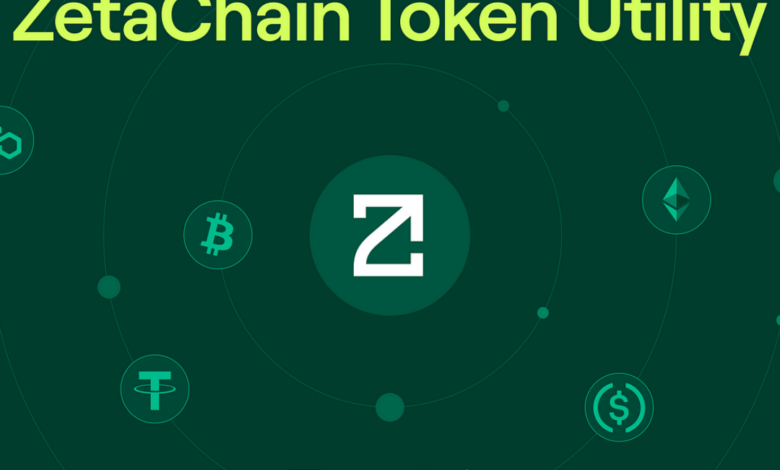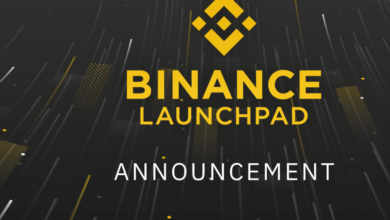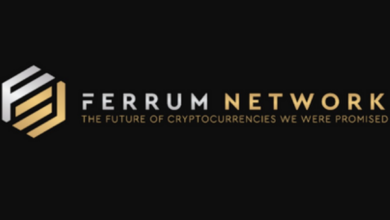
Zetachain: An In-Depth Overview
Zetachain is a decentralized blockchain platform designed to enable seamless interoperability between different blockchains. As the blockchain ecosystem grows, the need for cross-chain communication and interaction becomes increasingly important. Zetachain aims to address this need by providing a unified platform that allows for the exchange of assets and data between different blockchains without the need for intermediaries.
The Problem of Blockchain Interoperability
One of the significant challenges in the blockchain space is the lack of interoperability between different blockchain networks. Each blockchain operates in isolation, and transferring assets or data between them can be cumbersome and inefficient. This fragmentation hinders the growth and usability of blockchain technology.
Traditional solutions to this problem, such as centralized exchanges or atomic swaps, have limitations. Centralized exchanges require trust in a third party, which goes against the decentralized ethos of blockchain technology. Atomic swaps, while promising, are complex and not widely adopted.
The Solution: Zetachain
Zetachain aims to solve the interoperability problem by providing a decentralized and scalable solution for cross-chain communication. It enables users to transfer assets and data seamlessly between different blockchains, fostering a more connected and efficient blockchain ecosystem.
Key Features of Zetachain
- Cross-Chain Interoperability
Zetachain’s primary feature is its ability to facilitate cross-chain transactions. It allows users to move assets and data between different blockchains without the need for intermediaries. This is achieved through a decentralized network of validators that ensure the security and validity of cross-chain transactions. - Scalability
Scalability is a critical aspect of any blockchain platform. Zetachain is designed to handle a high volume of transactions without compromising on speed or security. Its architecture ensures that the network can scale as the number of users and transactions grows. - Decentralization
Zetachain operates on a decentralized network of validators. This ensures that no single entity has control over the network, maintaining the core principles of blockchain technology. The use of decentralized consensus mechanisms enhances security and trust in the platform. - Security
Security is a paramount concern in the blockchain space. Zetachain employs advanced cryptographic techniques and consensus algorithms to ensure the security of cross-chain transactions. The decentralized nature of the network also adds an additional layer of security, as there is no single point of failure. - User-Friendly Interface
Zetachain aims to provide a user-friendly interface that makes it easy for users to interact with different blockchains. This includes intuitive tools for managing cross-chain transactions and accessing decentralized applications (dApps) on various blockchains.
How Zetachain Works
Zetachain operates through a network of validators that work together to facilitate cross-chain transactions. Here’s a step-by-step overview of how it works:
Initiating a Transaction:
A user initiates a cross-chain transaction by specifying the source and destination blockchains, as well as the assets or data to be transferred.
Validation:
The transaction is broadcast to the Zetachain network, where validators verify its validity. This involves checking the transaction details and ensuring that the user has the necessary assets or data to complete the transaction.
Cross-Chain Execution:
Once the transaction is validated, it is executed on the source blockchain. The assets or data are locked on the source blockchain and a corresponding amount is minted or released on the destination blockchain.
Confirmation:
The transaction is confirmed on both the source and destination blockchains. Validators on the Zetachain network ensure that the transaction is completed successfully and securely.
Completion:
The user receives the assets or data on the destination blockchain. The transaction is recorded on the zetachain network, ensuring transparency and accountability.
Use Cases of Zetachain
zetachain has a wide range of potential use cases in the blockchain ecosystem:
- Asset Transfers
zetachain can be used to transfer assets between different blockchains. This includes cryptocurrencies, tokens, and other digital assets. For example, a user can transfer Bitcoin from the Bitcoin blockchain to the Ethereum blockchain using zeta chain. - Decentralized Finance (DeFi)
The DeFi space is growing rapidly, with numerous projects operating on different blockchains. zeta chain can facilitate interoperability between these projects, enabling users to access a wider range of DeFi services. For example, a user can collateralize assets on one blockchain to borrow assets on another blockchain. - Supply Chain Management
Blockchain technology is increasingly being used in supply chain management to enhance transparency and traceability. Zeta chain can enable different supply chain networks to interact and share data seamlessly, improving efficiency and reducing fraud. - Gaming and NFTs
The gaming industry is exploring the use of blockchain technology to create and manage in-game assets and non-fungible tokens (NFTs). zeta chain can enable the transfer of these assets between different gaming platforms and blockchains, enhancing the user experience and creating new opportunities for developers.
The Future of Zetachain
zetachain has the potential to play a significant role in the future of the blockchain ecosystem. As the need for interoperability grows, platforms like Zetachain will become increasingly important. Here are some potential developments for zetachain in the future:
- Expansion of Supported Blockchains
zetachain will likely expand its support to include more blockchains. This will enhance its utility and enable users to interact with a broader range of blockchain networks. - Integration with Decentralized Applications (dApps)
As the number of dApps grows, zetachain can integrate with these applications to provide seamless cross-chain functionality. This will enhance the usability of dApps and attract more users to the platform. - Improved Scalability and Performance
Ongoing research and development will likely focus on improving the scalability and performance of zetachain. This will ensure that the platform can handle increasing transaction volumes and provide a smooth user experience. - Enhanced Security Features
Security is a continuous concern in the blockchain space. zetachain will likely implement advanced security features to protect against emerging threats and ensure the safety of cross-chain transactions.
Zetachain represents a significant advancement in the blockchain ecosystem by addressing the critical issue of interoperability. Its decentralized, scalable, and secure platform enables seamless cross-chain transactions, fostering a more connected and efficient blockchain environment. With a wide range of potential use cases and a promising future, Zetachain is poised to become a key player in the ongoing evolution of blockchain technology.




